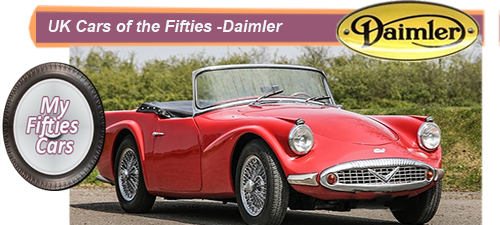
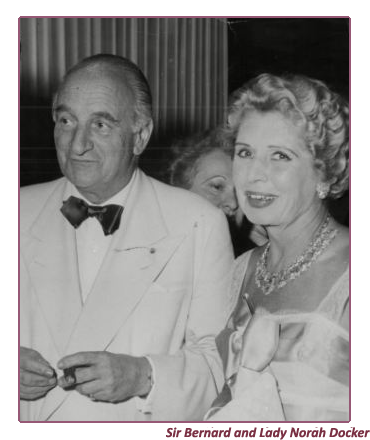 Daimler was formed as an independent motorcycle manufacturer in the early nineteen hundreds.
Daimler was formed as an independent motorcycle manufacturer in the early nineteen hundreds.
Like so many other small companies trying to make their mark in the early days of motorized transport, Daimler found themselves overstretched financially and vulnerable.
Facing imminent and ignominious closure, Daimler allowed themselves to be taken over by the much larger BSA company in 1910.
BSA provided Daimler with the fiscal stability and management ability to allow the company to develop and they soon turned all of their attention to manufacturing motor vehicles.
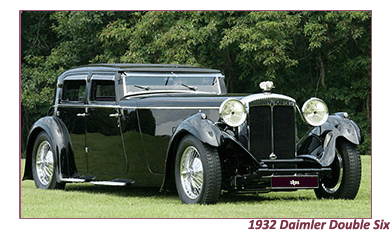 During the Twenties and Thirties, the undoubted heyday for the Daimler Car Company, the company released a series of graceful and dignified middle-class machines.
During the Twenties and Thirties, the undoubted heyday for the Daimler Car Company, the company released a series of graceful and dignified middle-class machines.
 At the same time, they produced a number of magnificent machines designed to the upper levels of the UK and European society, including the British Royal Family.
At the same time, they produced a number of magnificent machines designed to the upper levels of the UK and European society, including the British Royal Family.
![]()
To display their versatility as a manufacturing concern, Daimler were also one of the largest producers of bus chassis’s in the UK in the years between the wars.
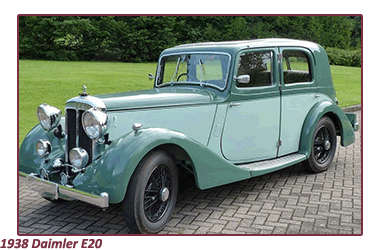
 After building thousands of scout cars and armoured cars during the war; Daimler started up production in 1945, carrying over production from a couple of designs developed during the war.
After building thousands of scout cars and armoured cars during the war; Daimler started up production in 1945, carrying over production from a couple of designs developed during the war.
The most significant development at Daimler during the war years was the appointment of Sir Bernard Docker as chairman of the company.
Sir Bernard was the son of Frank Docker; a well know Midlands Industrialist who had acquired the Daimler Car Company several years previously.
Under Sir Bernard Docker's chairmanship (with his notoriously extravagant wife, Lady Norah Docker taking a very active part in the running of the company, Daimler found it difficult to establish a credible image.
![]()
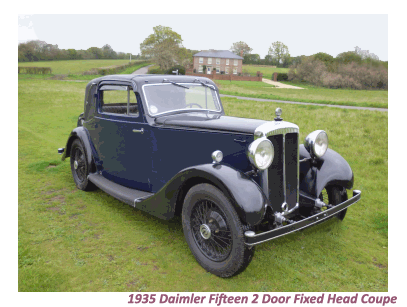 Daimler soon gained a negative reputation due to the conspicuously high levels of spending which characterized the company in the Fifties.
Daimler soon gained a negative reputation due to the conspicuously high levels of spending which characterized the company in the Fifties.
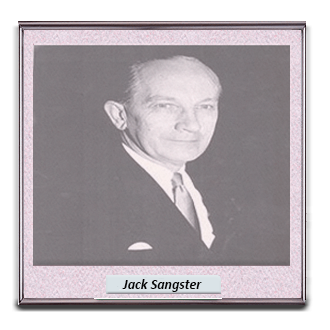 A series of ludicrously over-the-top models usually launched to a huge fanfare by Lady Docker at the annual UK Motor Show specials did not help the image, while a brief and singularly unsuccessful entry into the world of motorsport further weakened the company and their bank balance.
A series of ludicrously over-the-top models usually launched to a huge fanfare by Lady Docker at the annual UK Motor Show specials did not help the image, while a brief and singularly unsuccessful entry into the world of motorsport further weakened the company and their bank balance.
With the Daimler company gradually becoming a laughing stock in the UK car industry and the popular press, shareholder intervention looked almost inevitable.
The shareholder revolt, when it came, was led by Jack Sangster.
Sangster had joined the board of Daimler in 1951 after selling the Ariel and Triumph motorcycle companies that he owned to BSA.
![]()
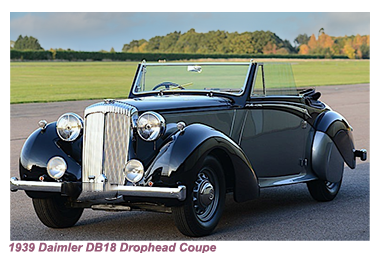 Well aware of the company's management shortcomings. Sangster gradually began to press Sir Bernard to make changes in the company, signalling that the Docker Daimler era was liable to come to end.
Well aware of the company's management shortcomings. Sangster gradually began to press Sir Bernard to make changes in the company, signalling that the Docker Daimler era was liable to come to end.
It took five years for the change in management to happen, with the Dockers hanging on doggedly.
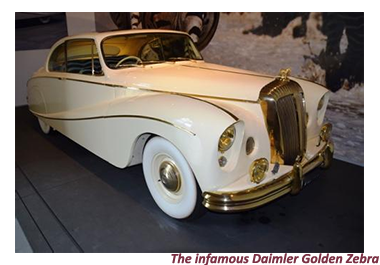 In 1956, Sangster was voted in as the new Chairman, with his first step was to promote the talented Edward Turner as head of Daimler’s entire automotive division.
In 1956, Sangster was voted in as the new Chairman, with his first step was to promote the talented Edward Turner as head of Daimler’s entire automotive division.
At this time Daimler Automative divison included the Ariel, Triumph and BSA motorcycle manufacturing companies, Daimler car as well as Carbodies who produced the famous London Taxicab .
During his spell at the helm, Turner was responsible for the launch of the Daimler SP250 and the Majestic Major,
 Under Sangster, Daimler underwent a major revival , before selling out to Jaguar who reportedly were more in need of factory space than Daimler’s range of new models.
Under Sangster, Daimler underwent a major revival , before selling out to Jaguar who reportedly were more in need of factory space than Daimler’s range of new models.
Under Sir William Lyons, the business was revived, and Daimler-badged Jaguars began to sell steadily throughout the Sixties.
Despite their management shortcomings, Daimler did produce a lot of outstanding cars during the Fifties, with many of them still around today.


